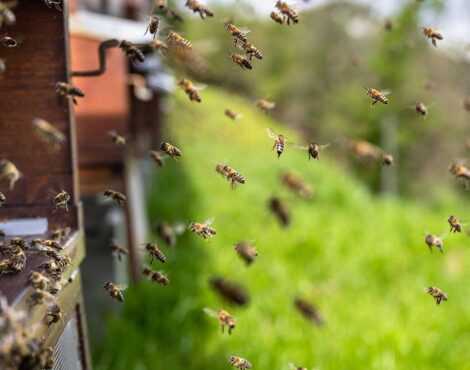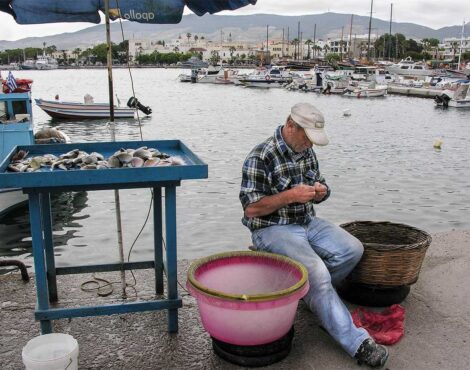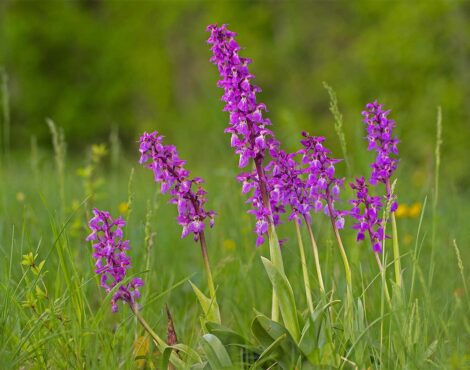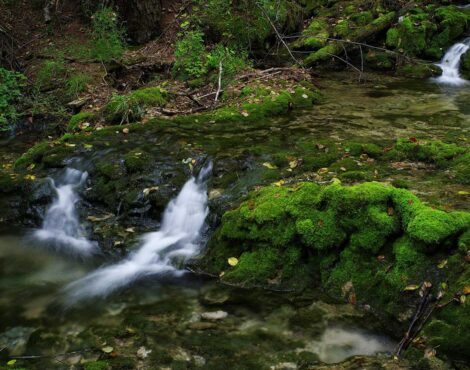The Secret Gardens of Corfu, Botanical Hidden GemsIntroduction: A Green Heart in the Ionian
Corfu, often celebrated for its turquoise waters and Venetian architecture, hides another kind of treasure behind stone walls and quiet gates — gardens. Some are historic estates with centuries-old trees, others are secluded botanical sanctuaries bursting with Mediterranean scents. For travelers who seek beauty beyond the beaches, the island’s secret gardens offer a chance to slow down, breathe deeply, and discover the rich tapestry of plants that thrive in this Ionian paradise.
A Botanical Heritage Shaped by History
Corfu’s gardens are a living reflection of the island’s layered history. Influences from Venetian, French, and British eras have shaped the landscaping styles, plant choices, and design elements. Formal layouts with sculpted hedges stand alongside wild Mediterranean groves, while imported species mingle with native flora.
The island’s climate — mild winters, long sunny seasons, and fertile soils — allows an extraordinary variety of plants to flourish. From tropical blooms to resilient herbs, Corfu’s gardens offer a botanical journey that spans continents.
1. The Garden of Mon Repos
Set on the tip of the Kanoni Peninsula, Mon Repos is not only a neoclassical villa but also home to an expansive garden rich in history and biodiversity. Once a summer residence for British governors, it now welcomes visitors to wander among towering pines, rare orchids, and winding paths that lead to ancient ruins.
Highlights:
- Exotic species planted during the British Protectorate.
- Shaded walks under Mediterranean pines and cypress trees.
- Views of the Ionian Sea framed by lush greenery.
2. The Old Fortress Garden
Few know that within the historic walls of the Old Fortress lies a small but charming garden. Originally used for practical purposes by Venetian soldiers, it has since become a peaceful corner where olive trees grow beside flowering bougainvillea.
Highlights:
- Unique contrast of stone fortifications and vibrant plants.
- Panoramic views of Corfu Town.
- Seasonal herbs like rosemary and sage scenting the air.
3. Achilleion Palace Grounds
Built for Empress Elisabeth of Austria, the Achilleion Palace is surrounded by sculpted gardens adorned with statues, fountains, and Mediterranean flowers. The terraced grounds are designed to frame breathtaking views while immersing visitors in a romantic landscape.
Highlights:
- Formal flowerbeds filled with seasonal blooms.
- Ancient olive trees standing beside imperial statues.
- Balconies overlooking the Ionian Sea.
4. Private Estate Gardens in the Countryside
Beyond the tourist trail, Corfu’s countryside hides private estates with gardens open only on special occasions or by arrangement. These spaces often blend manicured lawns with orchards, vineyards, and traditional herb gardens.
Highlights:
- Lemon groves perfuming the spring air.
- Stone paths lined with jasmine and geraniums.
- Secret courtyards shaded by fig and mulberry trees.
5. Monastery Gardens
Several monasteries across Corfu maintain gardens that serve both spiritual and practical purposes. The monks grow vegetables, herbs, and flowers, creating peaceful sanctuaries for meditation and daily sustenance.
Notable examples:
- Monastery of Paleokastritsa – Terraced gardens with sweeping sea views.
- Monastery of Vlacherna – Small but lovingly tended flower beds.
Botanical Gems to Spot
While exploring Corfu’s gardens, look out for these characteristic plants:
- Lianolia Olive Trees – Iconic to Corfu, with silvery leaves and twisted trunks.
- Bougainvillea – Cascading pink and magenta blooms.
- Jasmine – Sweet-scented flowers that perfume summer evenings.
- Geraniums – Bright pops of color in terracotta pots.
- Cypress Trees – Tall, elegant silhouettes marking the horizon.
Seasonal Beauty
- Spring (March–May) – Wildflowers carpet the countryside, citrus blossoms fill the air with fragrance.
- Summer (June–August) – Bougainvillea and hibiscus in full bloom, shaded gardens offer respite from the heat.
- Autumn (September–November) – Harvest time for olives and grapes, warm earthy scents dominate.
- Winter (December–February) – Citrus trees heavy with fruit, camellias and early blooms adding splashes of color.
How to Explore Corfu’s Gardens
- Join a guided botanical tour – Some local guides specialize in garden history and plant identification.
- Visit during off-peak hours – Early mornings or late afternoons offer cooler temperatures and softer light.
- Respect private spaces – Always ask before entering gardens not open to the public.
- Bring a camera – The combination of historic architecture and lush flora is endlessly photogenic.
Why the Gardens Matter
Corfu’s gardens are more than beautiful backdrops — they are living cultural heritage. They tell stories of trade routes that brought exotic plants, of noble families and foreign rulers who shaped the island’s aesthetic, and of local traditions that value the connection between land and life.
For the visitor, they offer a quieter, more intimate experience of Corfu — one where the sound of the wind in the olive trees replaces the noise of crowded beaches, and the scent of herbs lingers long after you’ve left.
A Different Kind of Corfu
Stepping into one of Corfu’s secret gardens is like opening a hidden chapter of the island’s history. These botanical gems invite you to slow down, wander, and breathe in the natural beauty that has inspired poets, painters, and travelers for centuries. Whether you explore the grand grounds of Mon Repos or stumble upon a monastery’s modest herb patch, you’ll discover that the green heart of Corfu beats just as strongly as its sunlit shores.





